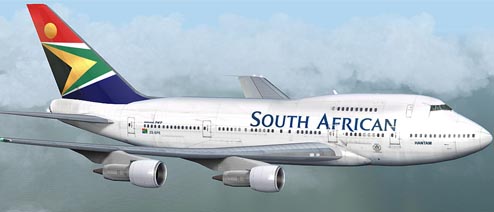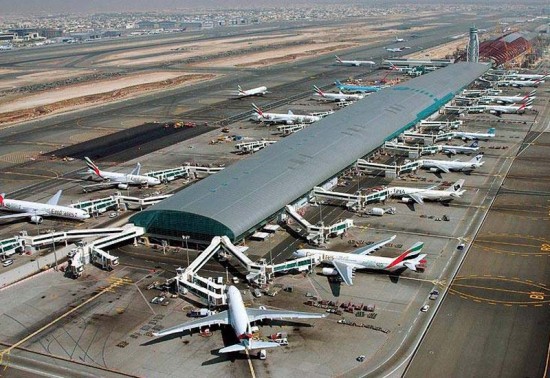Stamp: Boeing 767 (Cayman Islands 2001)
Boeing 767 (Cayman Islands 2001)
29 September (Cayman Islands ) within release Transportation goes into circulation Stamp Boeing 767 face value 1,000 Cayman Islands cent
| Stamp Boeing 767 in catalogues | |
|---|---|
| Michel: | Mi: KY 899 |
| Stanley Gibbons: | Sg: KY 969 |
Stamp is square format.
Also in the issue Transportation:
- Stamp - Walking home face value 15;
- Stamp - Boy on donkey face value 15;
- Stamp - Bananas by canoe face value 20;
- Stamp - Horse and buggy face value 25;
- Stamp - Schooner face value 40;
- Stamp - Freighter face value 4;
- Stamp - Bicycle face value 60;
- Stamp - Boat face value 30;
- Stamp - Boeing 767 face value 1,000;
- Stamp - Car face value 80;
- Stamp - Consolidated PBY-5 Catalina face value 100;
- Stamp - Ship face value 90;
|
Data entry completed
50%
|
|
|---|---|
| Stamp Boeing 767 in digits | |
| Country: | Cayman Islands |
| Date: | 2001-09-29 |
| Print: | Offset lithography |
| Emission: | Definitive |
| Format: | Stamp |
| Face Value: | 1,000 Cayman Islands cent |
Stamp Boeing 767 it reflects the thematic directions:
An aircraft (pl. aircraft) is a vehicle that is able to fly by gaining support from the air. It counters the force of gravity by using either static lift or the dynamic lift of an airfoil, or, in a few cases, direct downward thrust from its engines. Common examples of aircraft include airplanes, rotorcraft (including helicopters), airships (including blimps), gliders, paramotors, and hot air balloons.Part 1 (Definitions and Abbreviations) of Subchapter A of Chapter I of Title 14 of the U. S. Code of Federal Regulations states that aircraft "means a device that is used or intended to be used for flight in the air."
An airline is a company that provides a regular service of air transportion for passengers or freight (cargo). Airlines use aircraft to supply these services. Many passenger airlines also carry cargo in the belly of their aircraft, while dedicated cargo airlines focus solely on freight transport. Generally, airline companies are recognized with an air operating certificate or license issued by a governmental aviation body. Airlines may be scheduled or charter operators.
An airport is an aerodrome with extended facilities, mostly for commercial air transport. Airports usually consist of a landing area, which comprises an aerially accessible open space including at least one operationally active surface such as a runway for a plane to take off and to land or a helipad
Aviation is the practical aspect or art of aeronautics, being the design, development, production, operation and use of aircraft, especially heavier than air aircraft. The word aviation was coined by French writer and former naval officer Gabriel La Landelle in 1863, from the verb avier (synonymous flying), itself derived from the Latin word avis ("bird") and the suffix -ation.
Transport or transportation is the movement of people, animals and goods from one location to another. Modes of transport include air, rail, road, water, cable, pipeline and space. The field can be divided into infrastructure, vehicles and operations. Transport is important because it enables trade between people, which is essential for the development of civilizations.





